Mark Rolfe FCCA, Leader Europe PM, IBM Business Analytics
New dynamics put new pressures on CFOs
Regulatory environment
•Higher levels of transparency
•New cybersecurity / information
security regulations
•Focus on corporate governance
•CSR, Sustainability
Uncertainty and volatility
•Uneven economic recovery
•Growing shareholder expectations
•Changes to currency and financial institutions
•Globalization and demographic shifts
Business
model innovation
•Changing nature of transactions
(e.g., mobile, internet)
•Partnering for speed
•Growth in emerging markets
•Cash-rich balance sheets
Transformational forces are reshaping potential in performance management

Dramatically reduce effort in low value activities in favor of high value analytic insight-to-action
Exploit high speed and advanced analytics on all data to speed better decisions
Advance purposeful collaboration with mobile and social to speed alignment of resources w/ opportunity
Support a platform approach that adapts to changing business conditions faster (on premise or on Cloud)
Big Data and the CFO

Big data can offer accountants and finance professionals the possibility of reinvention, the chance to take a more strategic, ‘future-facing’ role in organisations. ACCA Big Data: Its Power and Perils.
‘Big data …… datasets so vast, so complex and so dynamic they cannot be managed by standard software such as Microsoft Excel.’
Big
Data and the CFO




Big data …… datasets so vast, so complex and so dynamic they cannot be managed by standard software such as Microsoft Excel.’

Big Data and the CFO
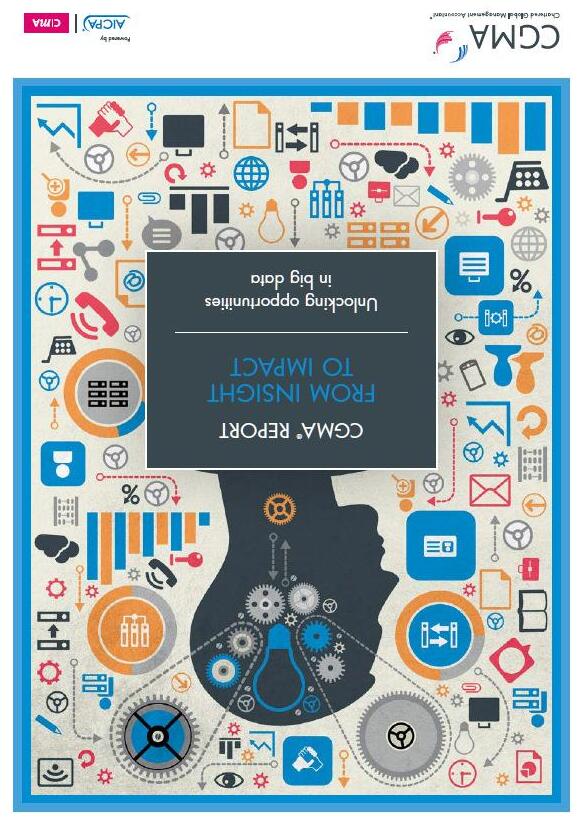
Over eight in ten (84%) of those financial professionals polled think that big data and analytics will require a change in how they do their jobs in the coming five years.
85% of survey respondents believe that increasing their ability to work with big data will enhance their career and employability.
The 2013 C-Suite Study explores the newest venture of highperforming enterprises–the Customer-activated enterprise

Open up to customer influence
Breaking down barriers to extend collaboration inside and outside–bringing the customer’s voice directly into the boardroom
Pioneer digital-physical innovation
Fusing traditional activities with social, mobile, and digital networks to create new products, services, and business models
Craft engaging customer experiences
Creating and enhancing seamless interactions which fulfill customer expectations and differentiate the organization
…however, CFOs already have a full agenda running the core finance function
CFOs report that almost all aspects of their role have increased in importance over the past 3 years
Areas of importance–historical
Measure/monitor business performance
Provide inputs into enterprise strategy
Develop talent in the finance organization
Optimize planning, budgeting and forecasting
Drive enterprise cost reduction
Support/manage/mitigate enterprise risk
Drive integration of information across enterprise
Execute continuous finance process improvements
Strengthen compliance programs/internal controls
Manage investor/stakeholder relations
Process transactions
Importance 2010
Importance 2013
Source: Question CFO1--How important are each of the following areas of responsibility to your enterprise?;
The gaps between importance and effectiveness
Integrate information across the enterprise
Develop talent in the finance function
Optimize planning, budgeting and forecasting
Measure and monitor business performance
Provide input into enterprise strategy
gap 46-point gap 42-point gap 37-point gap 34-point gap
Importance of activityEffectiveness of function
SOURCE: IBM, The Customer Activated Enterprise: Insights from the Global C-Suite Study, October 2013.
Finance organizations continue to rely on spreadsheets and intuition two-thirds of the time
Capabilities/tools used to support Finance
Source:“CFO insights from the Global C-Suite Study”, IBM Institute for Business Value, 2014 We need to ensure we deliver value through changing technology versus being a slave to our systems
Source: Question CFO6--What capabilities / tools does your organization use for the following activities?

Flashback: The 2010 Global CFO Study identified 4 Finance profiles, with one group, Value Integrators, outperforming the rest
Finance efficiency and business insight
Finance Efficiency
Enterprise-wide information standards
Standard financial chart of accounts
Common finance data definitions and data governance
Standard/common finance processes



Scorekeeper

Constrained Advisor
Value Integrator
Performance optimization
Predictive insights
Enterprise risk management
Business decision making
Disciplined Operator
Finance operations focused
Information provision
Performance interpretation
Constrained Advisor
Analytics focused
Sub-optimal execution
Fragmented data
Scorekeeper
Data recording
Controllership
Multiple versions of the “truth”
Business Insight
Operational planning and forecasting capability
Source: IBM Institute for Business Value, The Global CFO Study 2010, The Global C-suite Study 2013
Finance talent development
Common planning platform
Flash forward: Value Integrators are pushing the boundaries of efficiency and insight–a subset are emerging as Performance Accelerators

* Value Integrators are 30% and Performance Accelerators are 7% of the overall CFO population interviewed. High Business Insight High Finance Efficiency Value Integrator * Performance Accelerator
Source:“CFO insights from the Global C-Suite Study”, IBM Institute for Business Value, 2014
Comparison of average ranking on measures of profit and revenue
70% more …than the remaining Value Integrators
Source: Question E4--How does the revenue growth of your enterprise compare to your industry peers over the past 3 years?; Question E5--How does your enterprise’s profitability compare to your industry peers over the past 3 years?
Performance Accelerator’s focus areas can be grouped into efficiency, insight, and growth initiatives–one ability builds on the previous
Finance efficiency Business insight
Profitable growth
Performance Accelerator
Performance Accelerator
Value Integrator

Value Integrators and Performance Accelerators are neck and neck in finance efficiency
Performance Accelerator

Value Integrator
Performance
Accelerators begin to pull away in terms of business insight
Value Integrator

Performance Accelerators shine when it comes to profitable growth and are truly the engines of change
Performance Accelerators are defined by the fact that they’re both better at performing core tasks and more willing to enter new arenas
Effectiveness of Finance
Performance Accelerator’s strong focus on data analytics enables them to excel in delivering stronger business foresight
Effectiveness of Finance
Evaluate market trends and competitor actions
Apply predictive modeling to improve foresight and trigger action
Challenge business partner’s assumptions, business cases and plans
Source:“CFO insights from the Global C-Suite Study”, IBM Institute for Business Value, 2014 My objective is to move the finance staff from a state of transaction thinking to one of analytical thinking CFO Insurance company, Canada
Performance AcceleratorsRemaining Value Integrators
Source: Question CFO7--How effective is your organization at performing the following?
Strong business foresight defines a future-ready enterprise
Key characteristics
Analytics applied to new and emerging data sources
Predictive intelligence applied to steer the business and adapt to risk more reliably Integrated financial and operational information to deliver deeper insights
The Analytics Journey
Analytic Data Management
•Managing multidimensional performance information
•Financial Consolidation and Close
•Budgeting
•Incentive Compensation Management
Span Finance &Operations Process Automation
•Planning, Analysis, and Forecasting
•Collaborative and Narrative Performance Reporting
•Disclosure Management
•Sales Performance Management
•Span Financial & Operations
•Leading & External Indicators
•Driver-based modeling
•Scenario Analytics
•Product and Customer Profitability
•Predictive Analytics
•Big Data Analytics
Strategy –Aligned Organization
•Metrics and Scorecarding
•Strategy Management
Align information
Optimize outcomes Best Practices
•Rolling Forecasts
Accelerate & Link Engage Frontlines
Analyze patterns
Enterprise-wide Transformation Continuous Steering
•Agile enterprise
•Risk-adjusted Value Management
IBM Strategic View –Three analytics imperatives drive a future-ready enterprise

Transform the system of engagement

Span finance and operations, risk & performance management

Infuse scenario and predictive intelligence
Guided business processes, mobile, collaboration





Transform the system of engagement

Engage all the right people when needed
• Tailored user experiences
• High participation and greater frequency
• Guided business process engagement
• Integrated social collaboration






Drive engaging, collaborative performance management


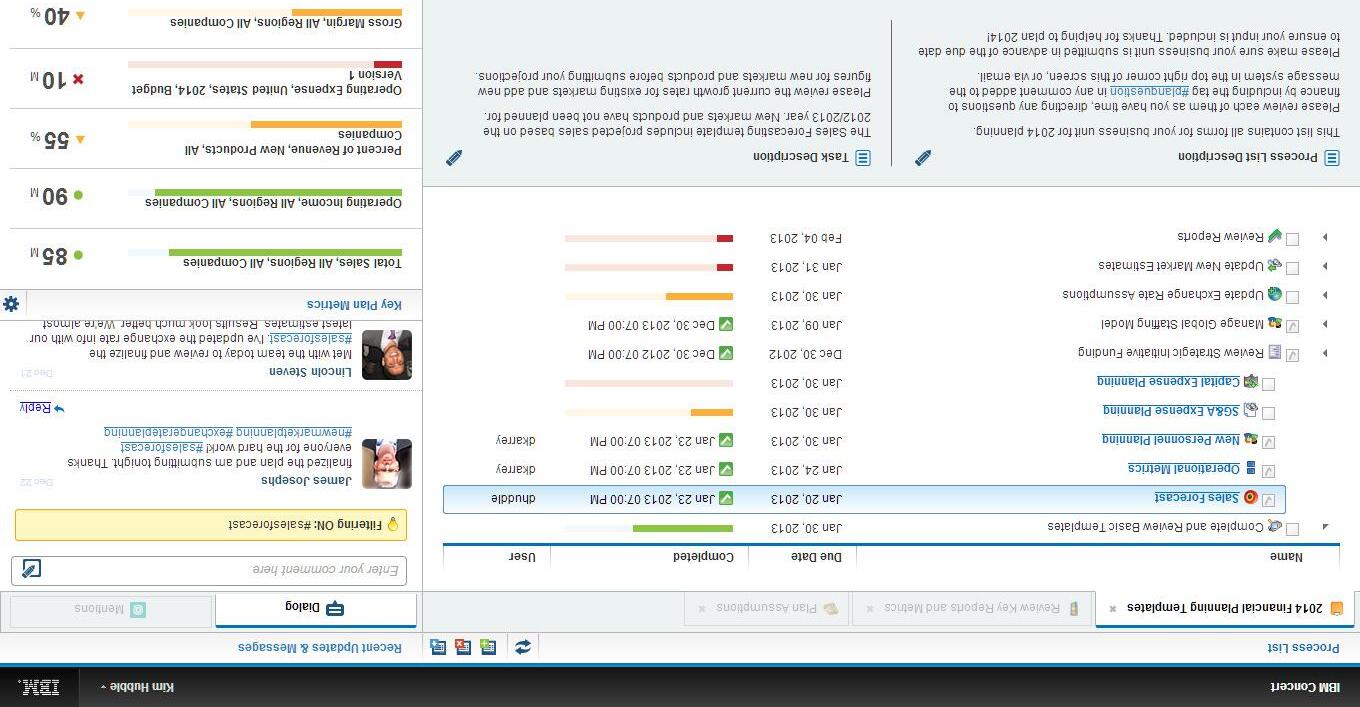

Span finance & operations, risk & performance management
Establish one comprehensive, analytic, planning, and scorecarding
platform
Strategy and activity-aligned organization
•Campaign scorecards
•Promotion plans
•Customer and product profitability
•Revenue plans
•Sales dashboards
•Sales forecasts
•Incentive compensation
•Quota plans
•Territories
•Sales channels


•Operational KPIs
•Strategy and operations plans
•Capacity and inventory plans
•Product allocation
•New products

•Workforce KPIs
•Headcount plans
•Salary and compensation
•Staffing plans
•Training and development


Span finance & operations, risk & performance management
•Enterprise scorecards
•Strategic financial plans
•Profit and loss
•Balance sheets
•Cash flow

Sales Marketing Finance Operations HR
Integrate scorecards, highlight KPI and metric variances
•Communicate strategy
•Visualize results, outcomes and impacts
•Tie strategic plans to forecasting data

Forecasting and corrective actions Business and operational planning



Scorecarding and strategy management



Assemble management and performance reports rapidly
Narrative reporting



Workflow and approvals Business rules Security



Span finance & operations, risk & performance management


•Daily, weekly, monthly and quarterly board books and presentations
•C-suite and board packages
•Performance reporting

•Save hundreds of hours / year
•Reduce errors
•Accelerate understanding
Link pay-for performance plans to strategy
Automate the process of administering, calculating, reporting and analyzing variable-based pay
Align sales territories with corporate objectives and streamline sales crediting
Improve sales quota planning and dissemination to stakeholders

management
compensation management
management

management Sales performance management





Apply scenarios and range plans to account for uncertainty and risk
•Model
•Build scenarios reflecting range of future market conditions
•Collaborate
•Collaborate across business units and functions
•Capture variability of input drivers
•Report & Analyze
•Create range of outcomes
•Analyze sensitivity of outcomes to variability in drivers
•Plan
•Plan for multiple outcomes
Scenario analysis
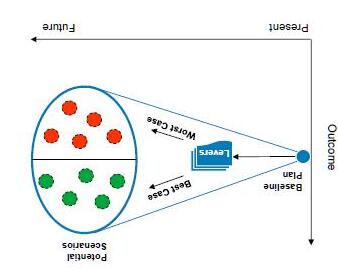

Infuse scenario and predictive intelligence
Range of OutcomesDriver Sensitivity
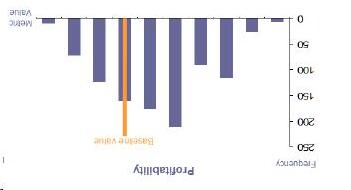
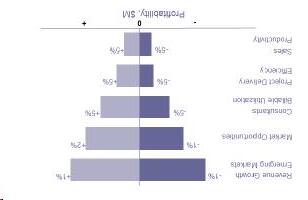
Bring profitability analytics forward
•Model multi-dimensional operational and financial business structures
•Integrate predictive models for statistical impactexamples
•Customers most likely to buy specific products or services
•Customer most likely to turn to a competitor
•Employees most likely to succeed
•Incorporate predictive outputs into scenario models and plans



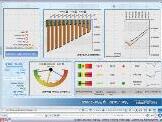


Infuse scenario and predictive intelligence
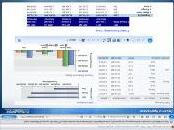

of churn

worthiness
Substantial gains achievable from your analytics journey
Transform the system of engagement


Span finance and operations risk & performance management

Infuse scenario and predictive intelligence
Decrease effortIncrease focus

New business modeling

Profitability and pricing
Performance scorecarding
Error checking
Data collection
Process monitoring
Increase in value from analytic initiatives
All IBM Solutions: On-cloud or on-premises Deployment flexibility to meet your needs today, and tomorrow
Cloud
Our place or yours?
On premises

IBM is the ultimate partner to drive a future-ready enterprise
Analytic Data Management
•Managing multidimensional performance information
•Financial Consolidation and Close
•Budgeting
•Incentive Compensation Management
Process Automation
•Planning, Analysis, and Forecasting
•Collaborative and Narrative Performance Reporting
•Disclosure Management
•Sales Performance Management
Best Practices
•Span Financial & Operations
•Leading & External Indicators
•Driver-based modeling
•Scenario Analytics
•Rolling Forecasts
Span Finance and Operations
•Product and Customer Profitability
•Predictive Analytics
•Big Data Analytics
Strategy –Aligned Organization
•Metrics and Scorecarding
•Strategy Management
Enterprisewide Transformatio
n Continuous Steering
•Agile enterprise
•Risk-adjusted Value Management
Align information
Accelerate & Link Engage Frontlines
Analyze patterns
Optimize outcomes
“Think
Big, Start Small, Deliver Quickly”





Take a long-term, strategic view of Finance Transformation but attack the problem with targeted, well-coordinated initiatives and focus on delivering rapidly.
Think Big –Determine how to become a Value
Integrator/ Performance Accelerator
Start Small –Focus on discrete changes that will support a transition
Deliver Quickly –Show tangible results, engage team
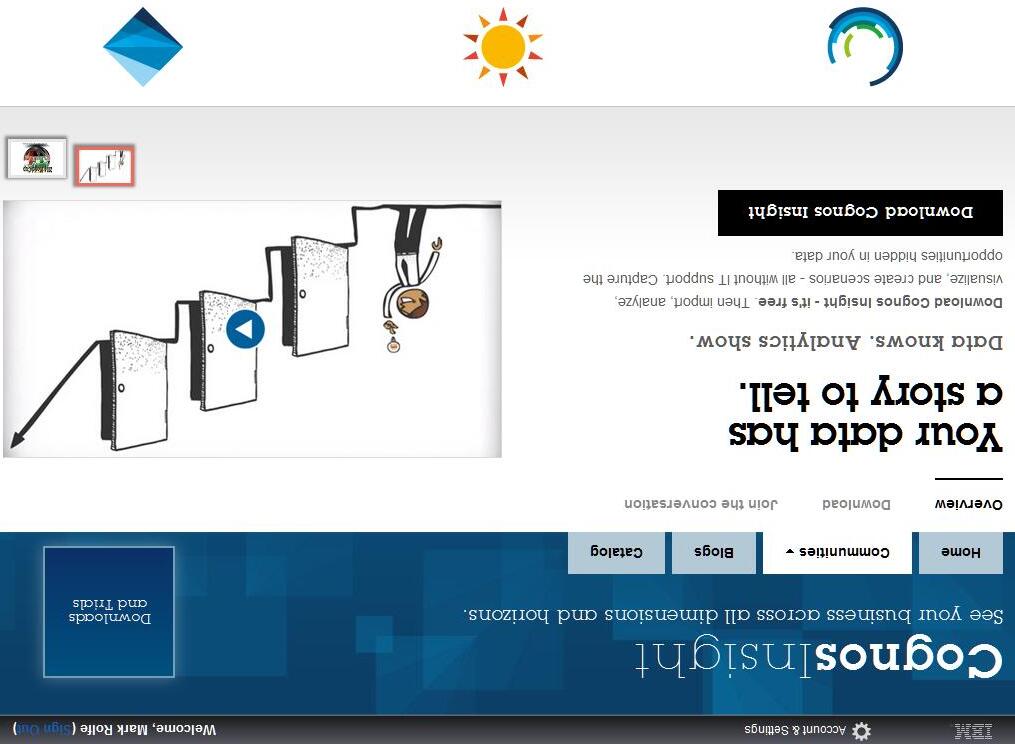
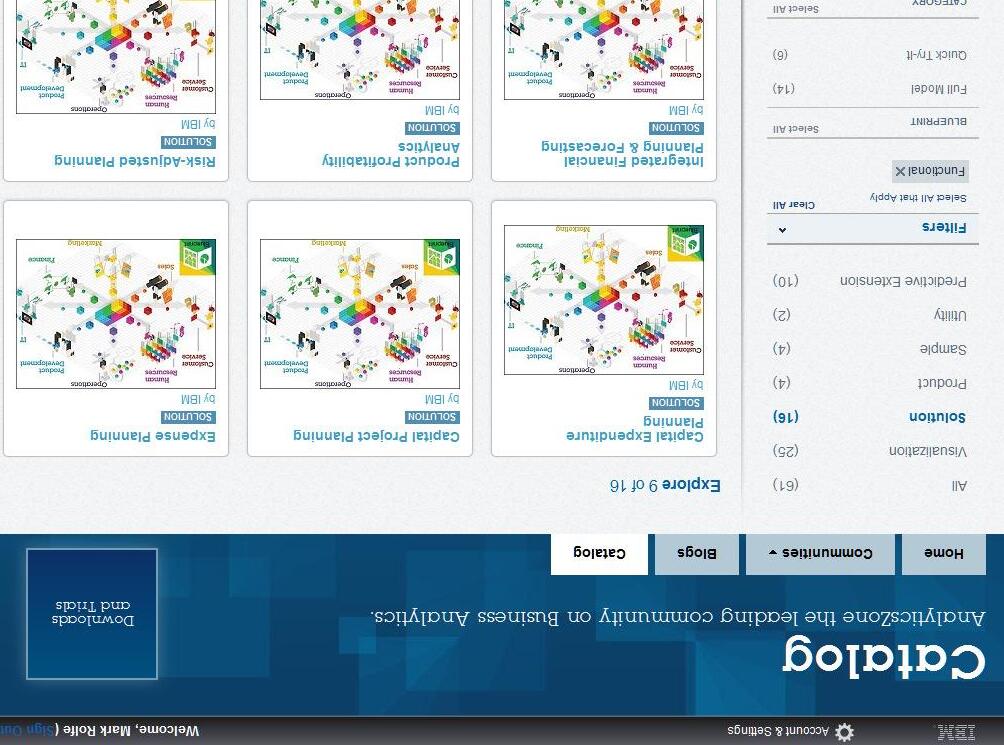
Trademarks and notes
IBM Corporation 2015
•IBM, the IBM logo, and ibm.com are trademarks or registered trademarks of International Business Machines Corporation in the United States, other countries, or both. If these and other IBM trademarked terms are marked on their first occurrence in this information with the appropriate symbol (® or ™), these symbols indicate U.S. registered or common law trademarks owned by IBM at the time this information was published. Such trademarks may also be registered or common law trademarks in other countries. A current list of IBM trademarks is available on the Web at “Copyright and trademark information” at www.ibm.com/legal/copytrade.shtml.
•Microsoft, Windows, Windows NT, and the Windows logo are trademarks of Microsoft Corporation in the United States, other countries, or both.
•Other company, product, and service names may be trademarks or service marks of others.
•References in this publication to IBM products or services do not imply that IBM intends to make them available in all countries in which IBM operates.
